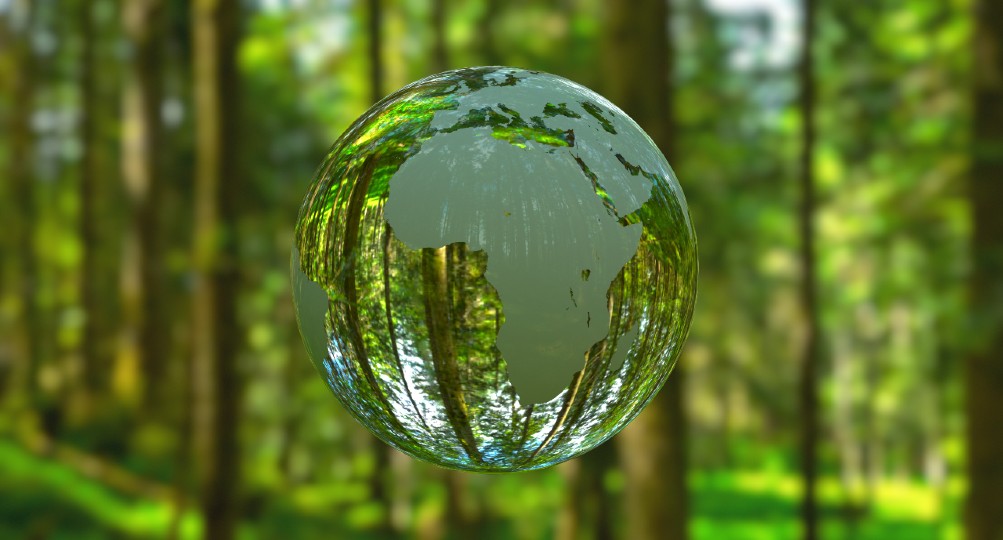Global leaders at COP27 are discussing how best to mitigate greenhouse gas emissions and maintain global warming below 2°C to avoid catastrophic climate change.
To meet emission reduction targets, countries need to decarbonise their power sectors – i.e., reduce the amount of carbon emitted when generating one unit of electricity.
Doctoral Researcher Mulako Mukelabai, and Dr Richard Blanchard, of Loughborough University, along with Professor Upul Wijayantha, now at Cranfield University, have outlined how Africa’s renewable energy resources and minerals can be utilised to provide clean energy to millions of households and help meet global net-zero targets.
Despite Africa’s carbon footprint accounting for 3% of global greenhouse gases due to current low economic activity, it heavily relies on traditional biomass fuels – such as wood and coal – to meet daily energy requirements.
Using such fuels not only contributes to global warming by releasing large amounts of carbon dioxide (CO2), burning biomass also emits harmful gases that threaten people’s health and it contributes to unmanaged deforestation.
Africa’s rapid population and economic growth are expected to increase the continent’s energy consumption, so meeting this growing demand is key to mitigating emissions and enabling Africa’s growth.
